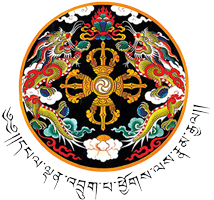Phuentenchu
Phuntenchu Gewog is located to the north-east of the Tsirang Dzongkhag sharing border with Wangdue, Trongsa and Sarpang Dzongkhag. The Gewog has total of 132.32 sq. km in area with elevation ranging from 700 to 1300 meters above sea level. Approximately 68.2 % of land is under forest cover comprising mainly of broad-leaf and chirpine species, while land under agriculture use consists of 15.3 %. It has a total population of 1300 under 14 villages. The Gewog has total of 404 households out of which 79 households are re-settlers.
Gewog has one primary school, RNR centre, One Public Health Centre and two ORCs, Geonzin Dratshang and Radha Krishna Mandir, two ECCD centres including community hall at Peljorling. The Gewog is connected with GC road which is 32 kms from Damphu. Mobile network coverage is 95% but the network quality is poor in some pockets of the far flung villages. Electricity coverage is 100% while RWSS coverage is 99%.
The Gewog has exceptionally performed well in connecting rural people with better and reliable road facilities for marketing accessibilities and transportations. Till date, the Gewog has constructed approximately 96 kilometers of farm roads, budgeted from Gewog grants as well as from other external sources like Dzongkhag, central government and agencies. Some 61 kms of farm roads have been maintained with GSB and drainage both through CMI and Gewog grants including,. These initiatives will continue in the following FYs for better network facilities and to provide reliable accessibilities to the public.
Agriculture and livestock farming are the predominant occupation of the Gewog. Paddy, millet and maize are the chief cereal crops grown. With modernization, most of the farmers in the Gewog are engaged in mechanized farming resulting in enhancement of production, requirement of less labour and time saving with high yield. While citrus is major cash crop, cardamom in also another cash crop.
In addition, farmers are engaged in commercial farming both in agriculture and livestock sector. In the recent years, cultivation of chili and vegetables at larger scale has enhanced their income generation thus resulted in uplifting living standard in the Gewog.
Livestock sector has also boomed significantly in the recent years. More farmers are engaged in poultry farming and some in piggery farms while others into dairy farming. These has not only benefited the farmers but nation as a whole in meeting the demands of livestock products within the country. Due to lucrative business in the these sectors, young and enthusiastic youths are encouraged to venture into it thereby, some of the unemployed youths has return back home and they are progressively performing well with assistance from Dzongkhag, Gewog and RNR sectors.
The Gewog is administratively divided in five Chiwogs namely Tashichholing (Burichu), Noorbuthang (Manithang), Sherzhong (Phaladey), Peljorling (Dhanseri) and Tongshingang (Maley). The major ethnicity of Gewog consists of Sharchops, Khengpas, Lhotsampas and others.
Institutions
Staff

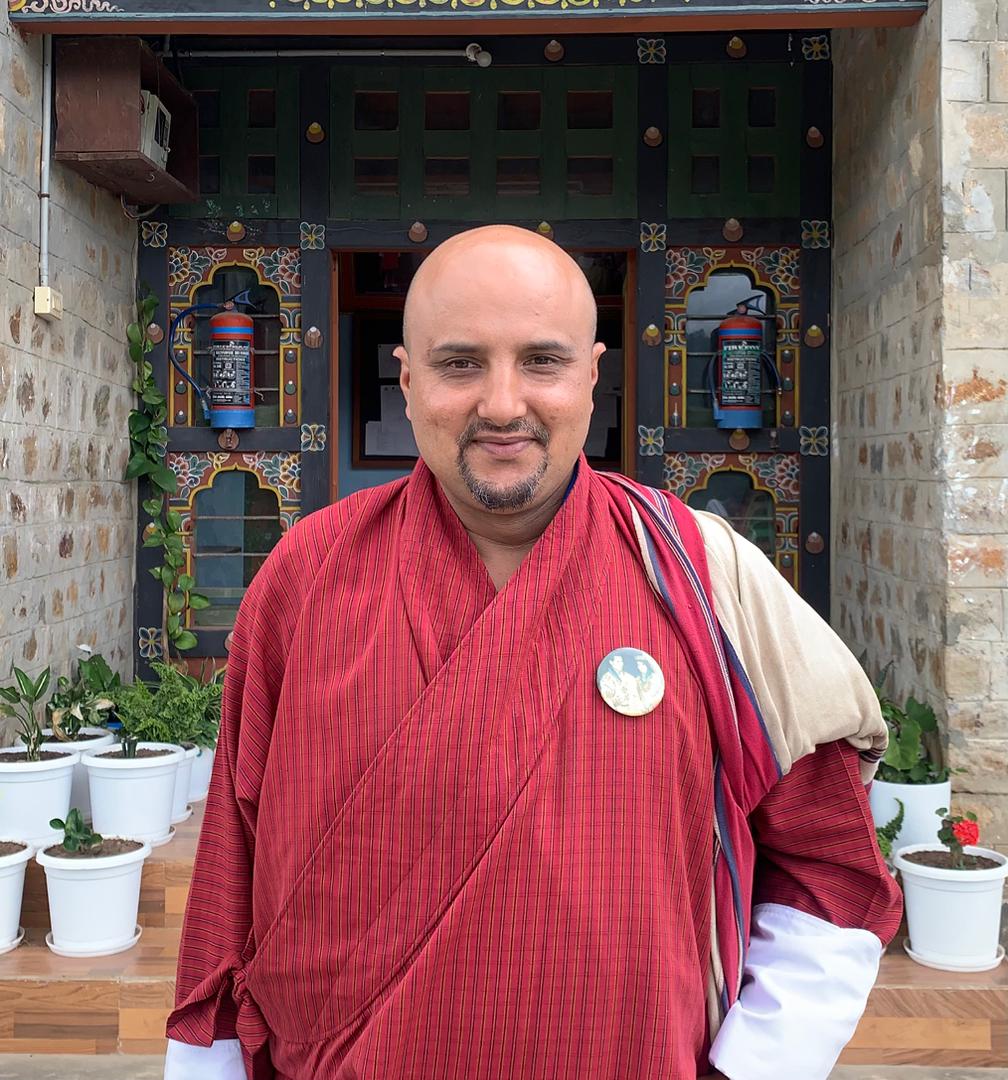
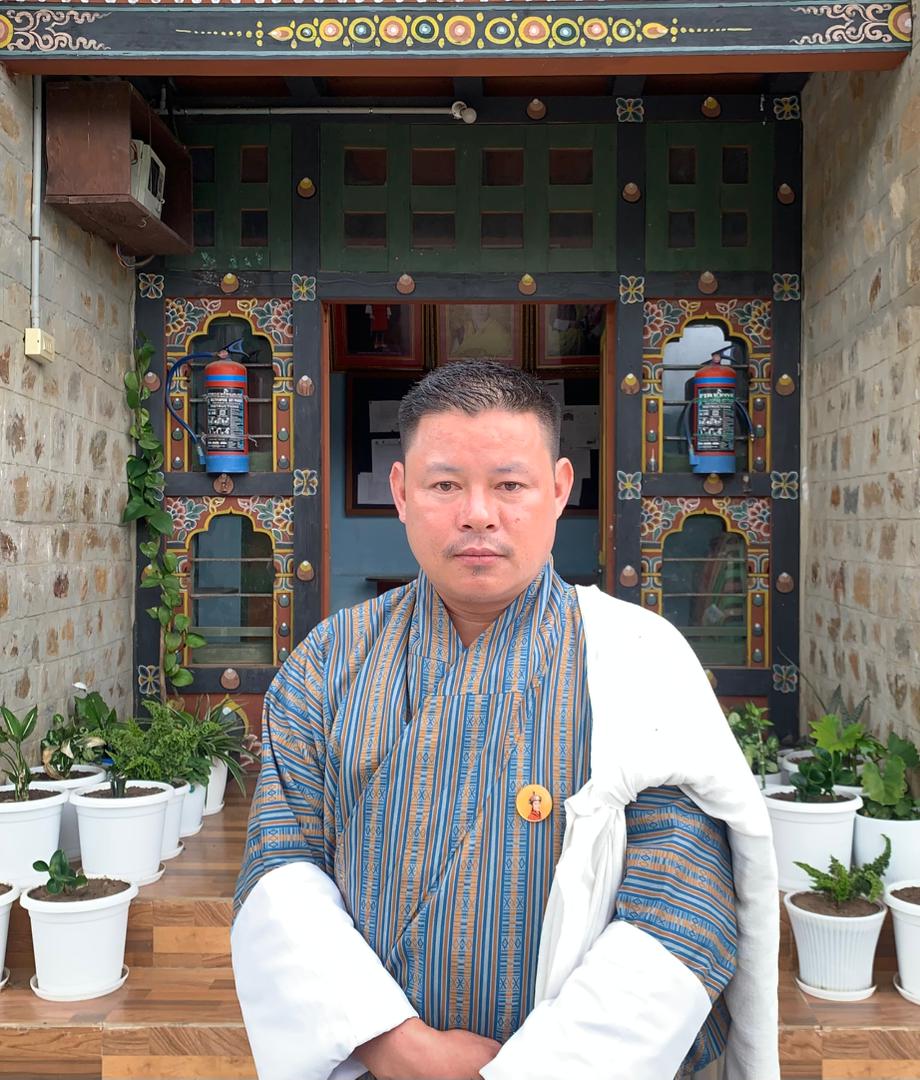
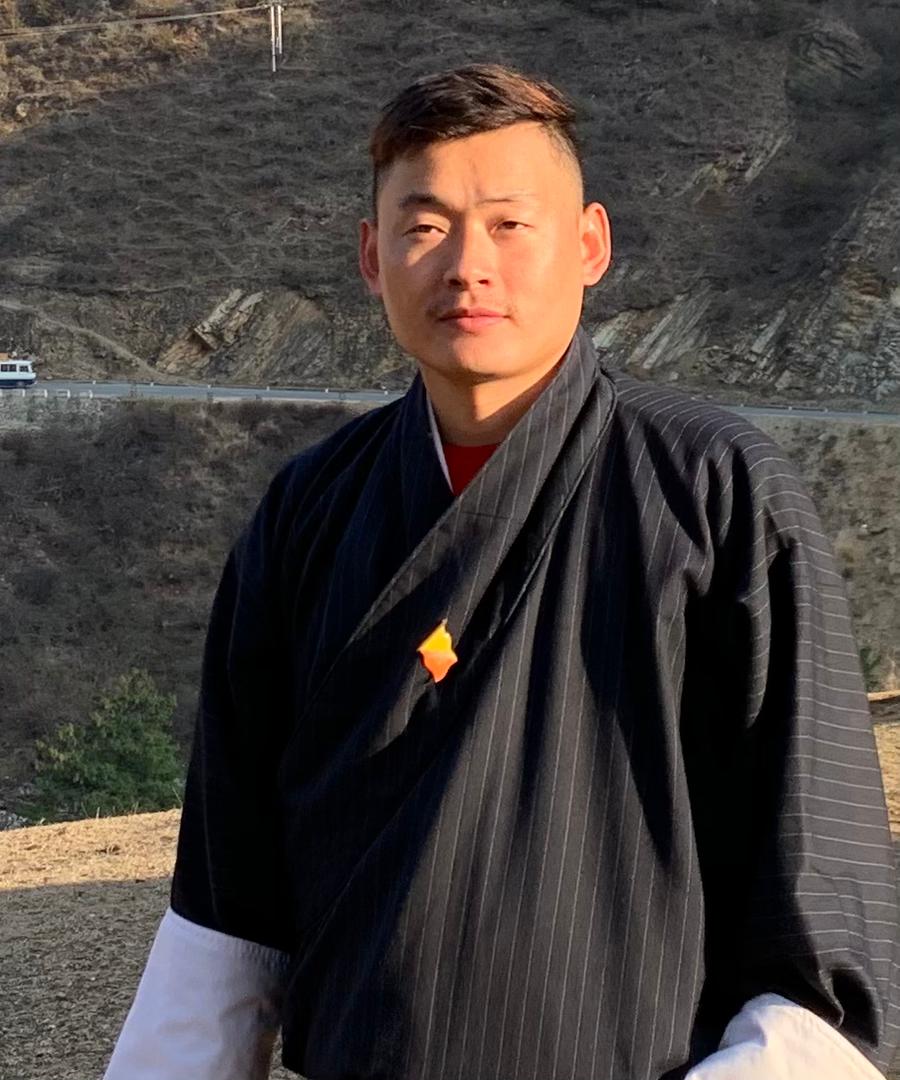
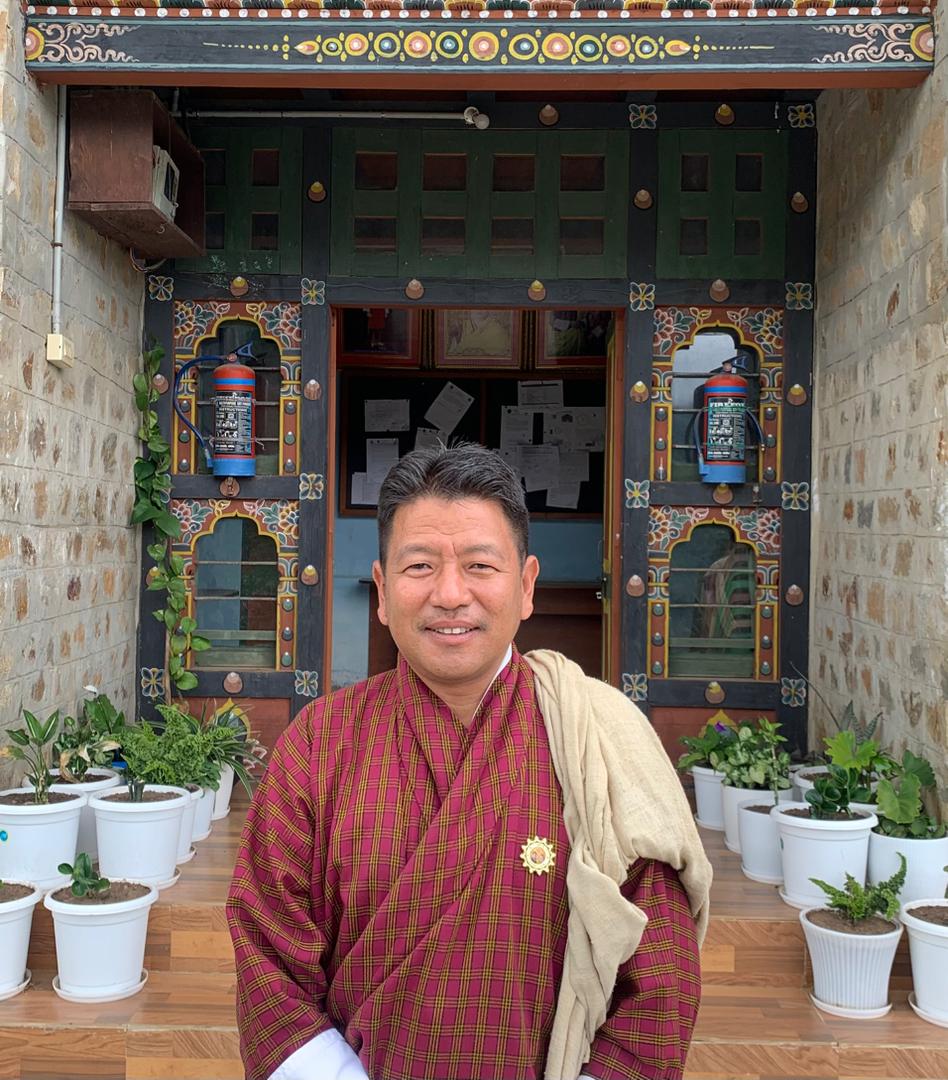
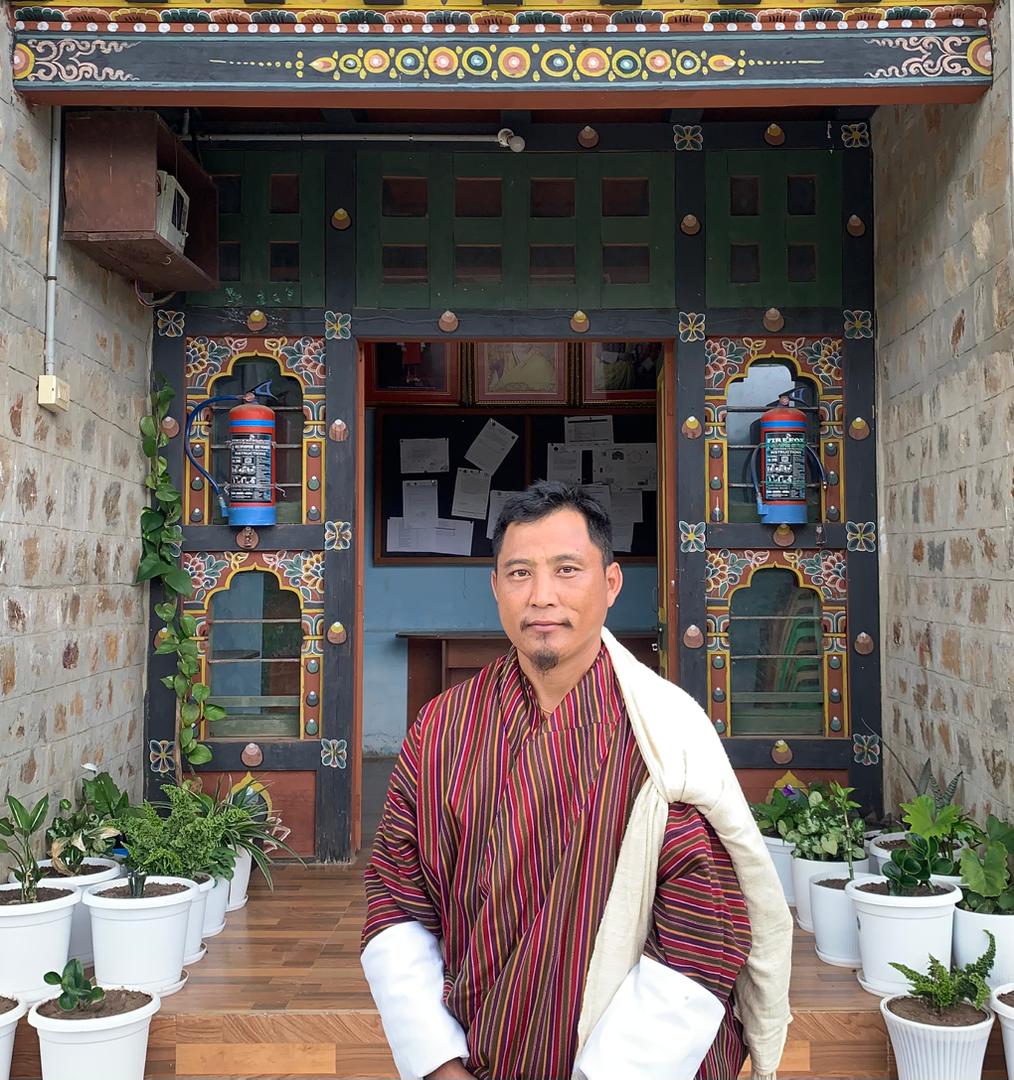
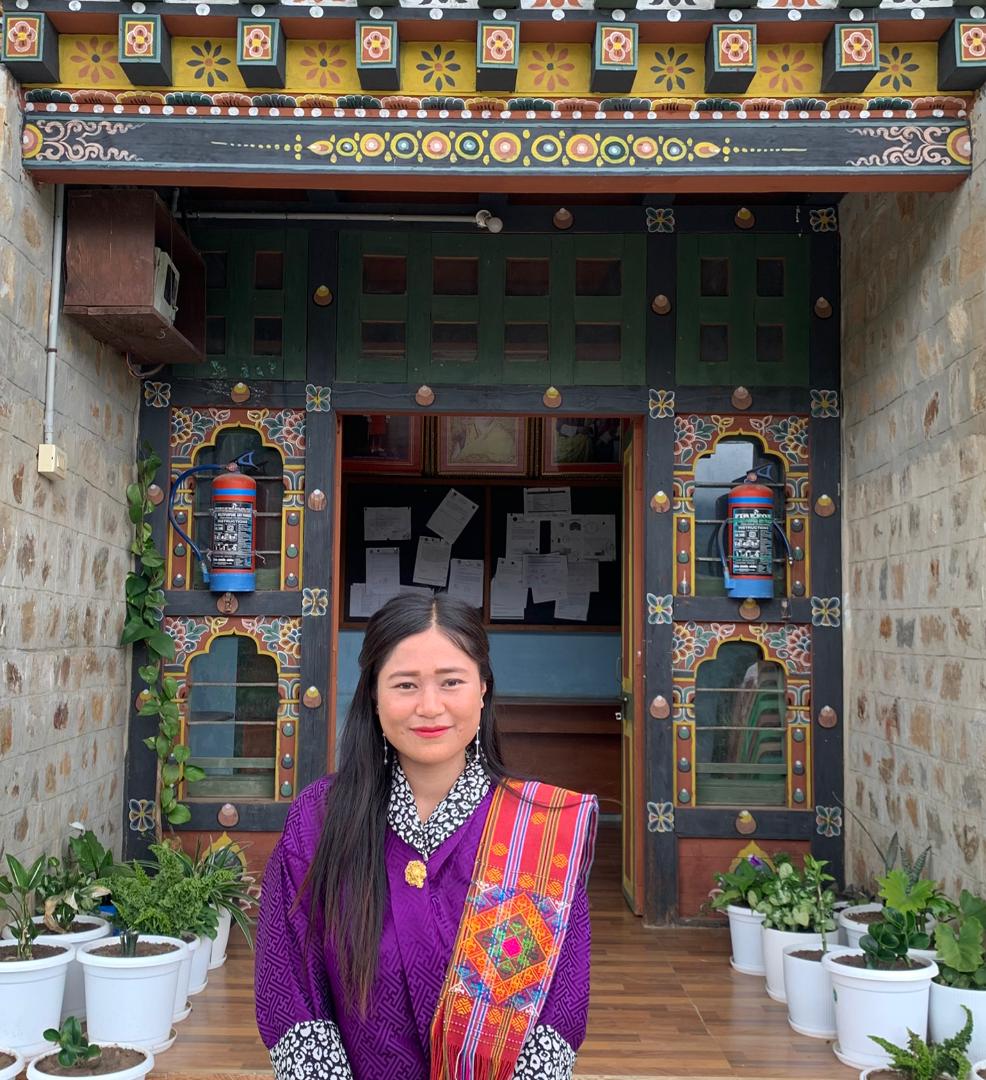
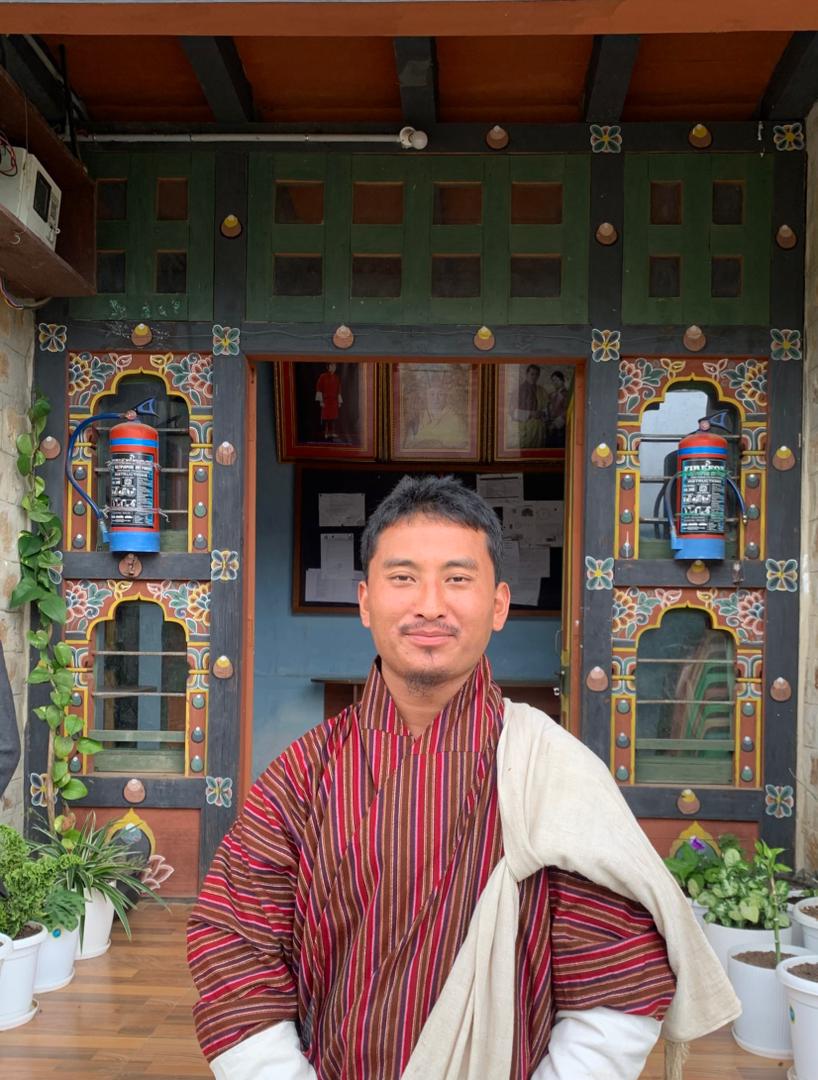
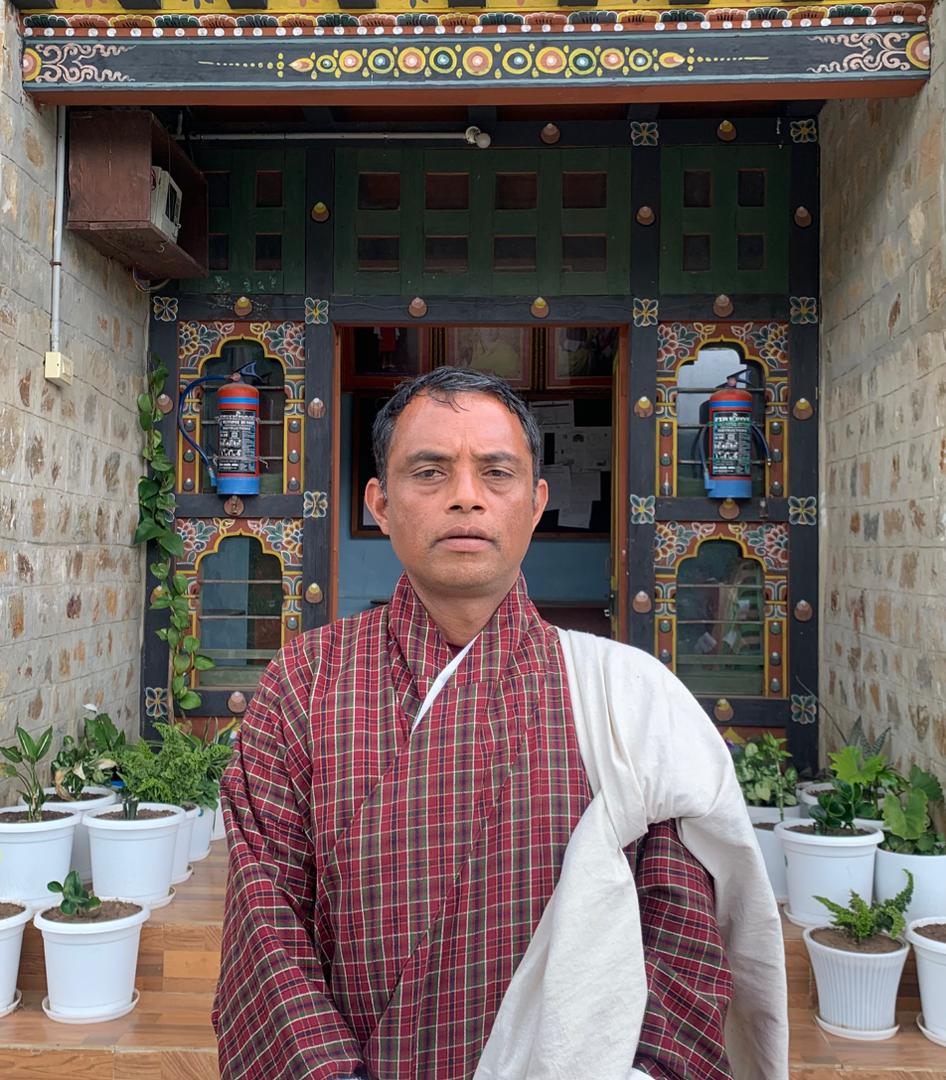
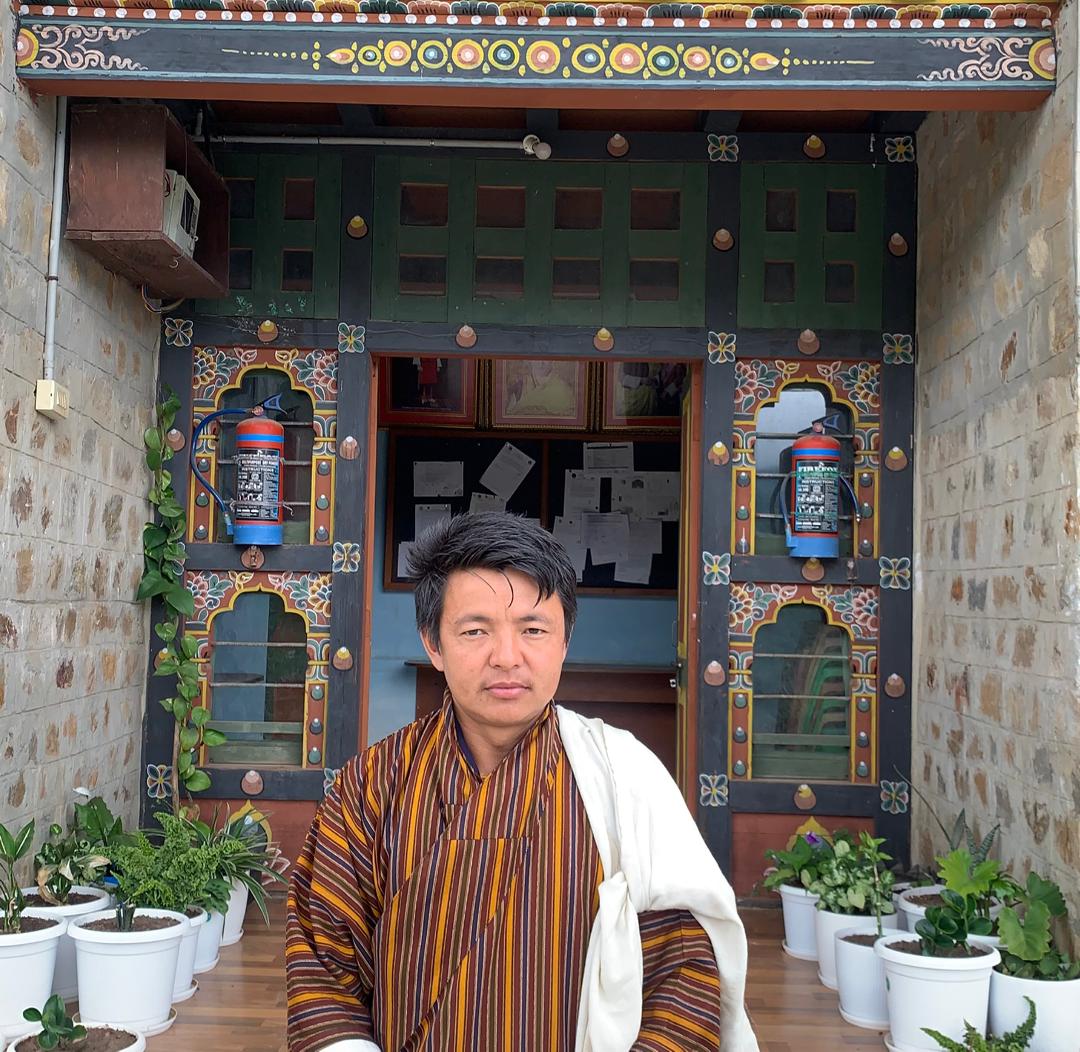
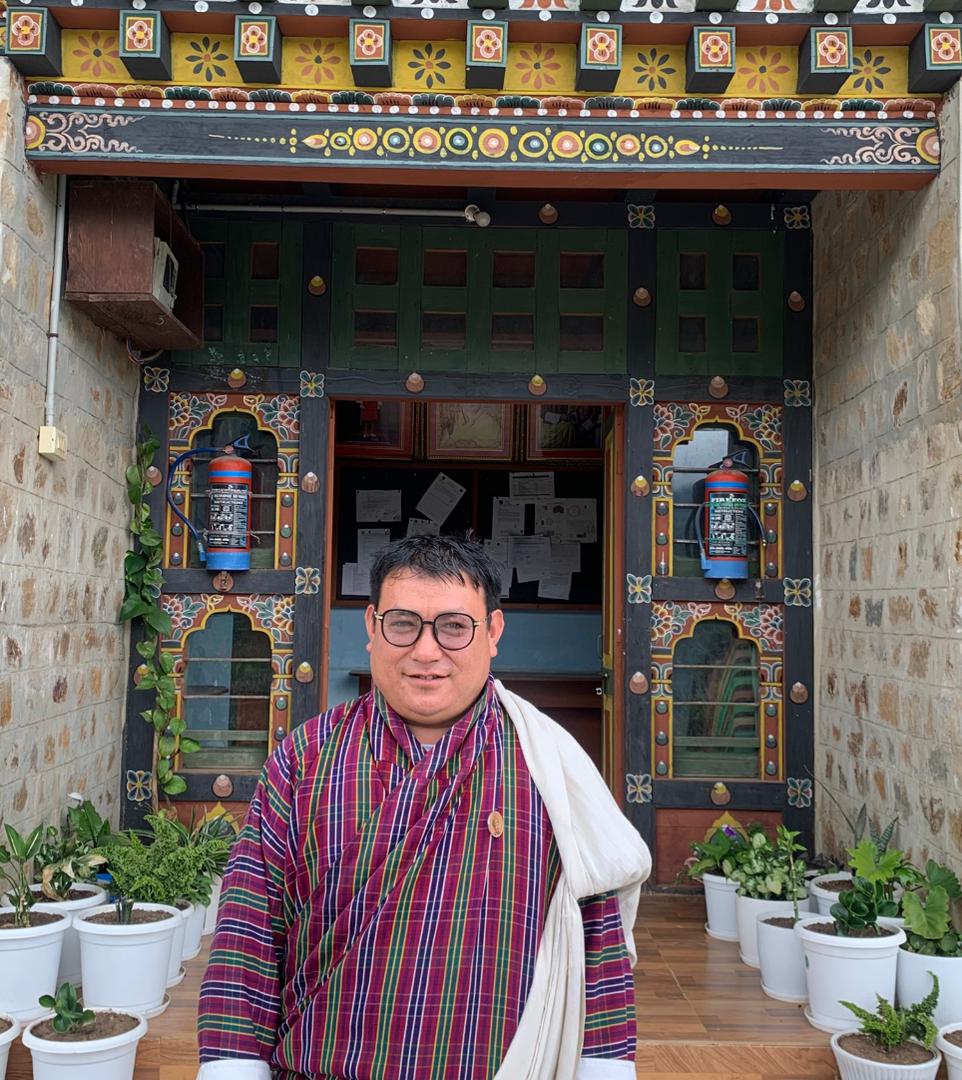
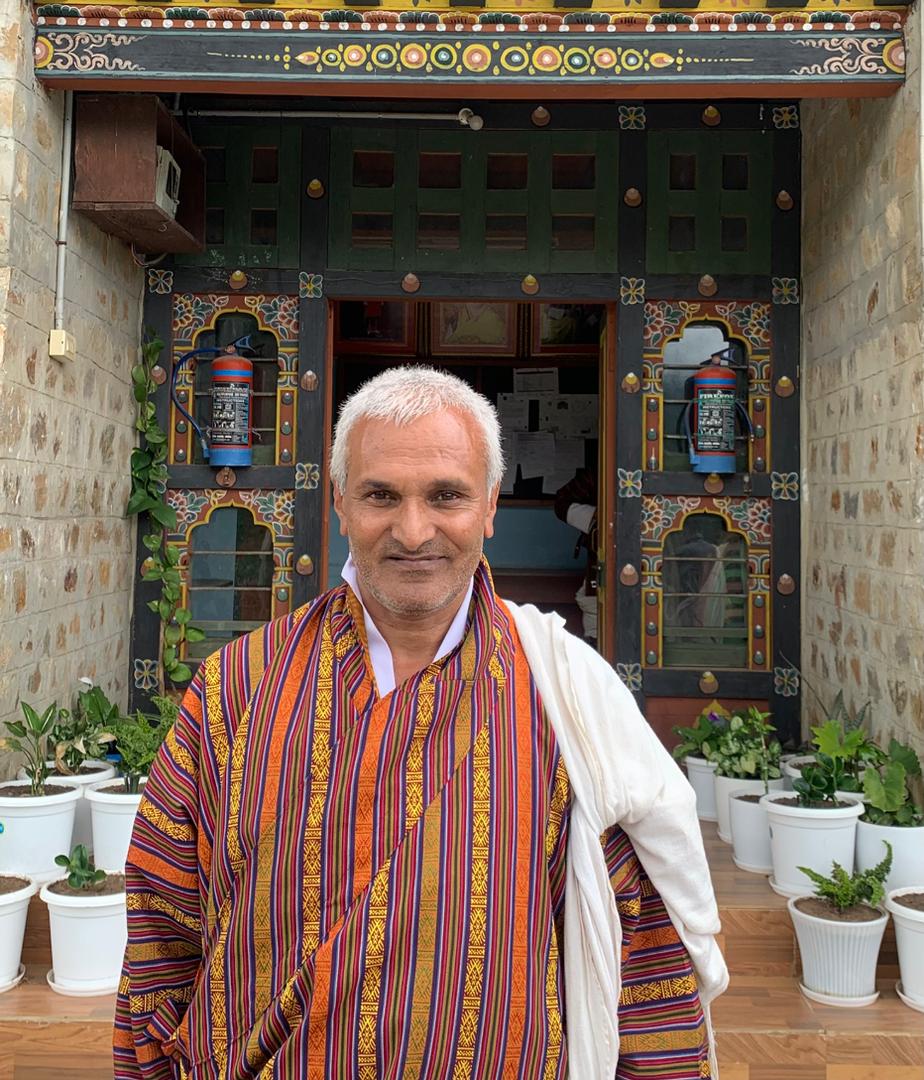
Contact us
- Dzongkhag Administration tsirang, Bhutan
- Dzong Post Box No:114
- Phone No: +975-6-474119
- E-Mail: tsirangict@gmail.com
